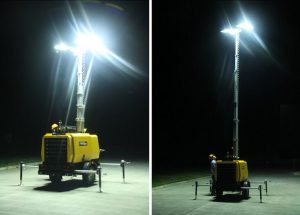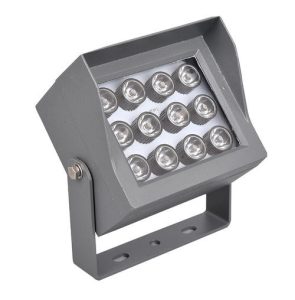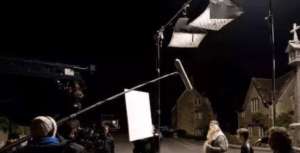10 Events of Street Light Development History
1. Introduction
Street lights refer to lights that provide lighting functions for roads, and generally refer to lights within the scope of road lighting in traffic lighting. It consists of lights, wires, light sources, light poles, light arms, flanges, and basic embedded parts. Street lights are widely used in various places where lighting is required. Throughout the history of human beings, it is not difficult to find traces that cannot be separated from “light”. The street lights at night are simple and simple, and the straight light poles stand on both sides of the road, making the people returning home feel warm and wholeheartedly sending light for people to return home.
According to US media reports, there are 55 million street lights on US roads today, providing illumination for 250 million cars. The advent of lighting has brought a sea change to mankind.
So, do you know the development history of road lighting? What were the ancient streets used for lighting? Below, let us introduce the development history of street lighting through 10 iconic events!
2. Ancient Roman and China(oil lamp)
In ancient Rome, the rich used vegetable oil lights to light their doorsteps. There are special slaves responsible for lighting, extinguishing and watching the lights.
In ancient China, fire has been used for night lighting since people began to use fire. During the Western Zhou Dynasty, people called torches “candles”, and in the Spring and Autumn Period, there were clear records of night lighting. We know that the nightlife in ancient times gradually began in the Tang Dynasty. Today, the “Da Tang Never Sleeps City” in Xi’an is also the “night market” described in the Tang Dynasty. But even in the heyday of the Tang Dynasty, there were still no street lights at night. The earliest street lights in China were “manual switches”. During the Guangxu period, the street lights in Shanghai were kerosene lights, which were lit one by one every day. It was not until the establishment of a power plant in Shanghai that the street lights were changed from kerosene lights to electric lights. It is 1883.
In this era, humans can only use oil lights.
3. London in 1417(lantern)
The first foreign street lights originated in 1417. The purpose was to brighten the dark night in London in winter. London Mayor Henry Barton ordered to hang lights and lanterns outdoors for lighting. This is the initial form of street lights. This is the first public street lighting organized by the government. At the beginning of the 16th century, lighting fixtures had to be installed outside the windows of Parisian houses facing the street. At the time of Louis XIV, many street lights appeared on the streets of Paris. In 1667, Louis XIV, known as the “Sun King”, also officially promulgated the decree of urban road lighting. According to legend, it was because of the promulgation of this decree that the reign of Louis XIV was called the “Bright Age” in French history.
During this era, humans began to use paper lanterns.
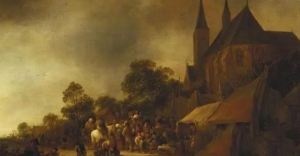
4. London in 1802(gas light)
In 1802, Scottish inventor William Murdoch launched a movement towards more efficient street lighting. His gas lights illuminate the exterior of the Soho foundry for public display. Five years later, London has its first street lit by gas lights. The original street lights were weak because they used ordinary candles and oil. After switching to kerosene, the brightness of street lights has been significantly improved, and the real revolution of street lights came after the appearance of gas lights. But initially, its inventor, the British William Murdoch, was ridiculed. Walter Scott once wrote to a friend that a lunatic was going to use a “smoky” street light to illuminate the night in London. Although Murdoch’s street lights have caused a lot of controversy, the advantages of such street lights cannot be ignored. In 1807, this new type of street light was installed on the street of Pall Mall, and it quickly swept the capitals of European countries.
In this era, humans began to use gas lights.
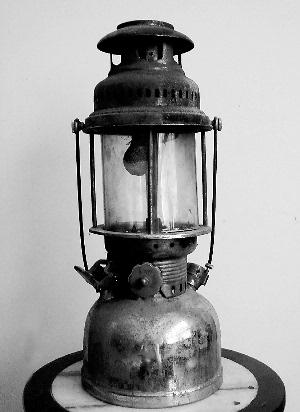
5. Baltimore in 1816(petrol lamp)
In 1816, the painter Rembrandt Peale used “carburetted hydrogen gas” to light a gasoline-fueled chandelier in his family’s art museum. Peel and his partners soon persuaded several businessmen to form the first natural gas company in the United States, which was renamed Baltimore Gas and Electric. Baltimore became the first city in the United States to install gas lighting in its streets. In 1820, Paris followed.
Since then, street lights have finally officially entered human life.
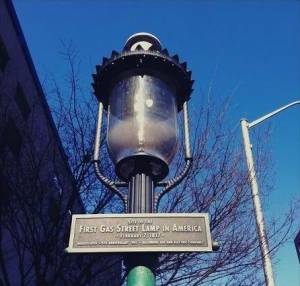
6. Paris in 1878(arc light)
In 1878, Paris installed the world’s first electric arc street light. Three years later, 4,000 arc street lights were installed, effectively replacing the gas lights mounted on light posts.
In 1809, Sir Humphrey Davey, a professor at the Royal Academy of Sciences (Faraday’s teacher), used 2000 batteries and two charcoal rods to make the world’s first arc light. This light produces more light than ordinary lights, making it ideal for installation in streets or squares.
In this era, arc light was officially born and applied to street lights.
7. Incandescent light bulb
The history of human use of electric lighting is closely linked to the names of two inventors, the Russian Alexander Lodkin and the American Thomas Edison. In 1873 Alexander Lodkin received the Lomonosov Prize from the Petersburg Academy of Sciences for the design of the incandescent light bulb. Soon, this light bulb was used in the lighting of the Admiralty Building in Petersburg. A few years later, in 1879, Thomas Edison improved the bulb, making it brighter and cheaper to produce. With the emergence of a large number of such bulbs, gas lights quickly withdrew from road lighting, and electric lights replaced them, becoming an important tool for outdoor lighting in cities at night. Edison’s success in making incandescent light bulbs with carbon fiber filaments changed the world and promoted the development of light bulbs for street lighting. On October 21 of that year, American inventor Edison finally lit the world’s first practical electric light through long-term trial and error.
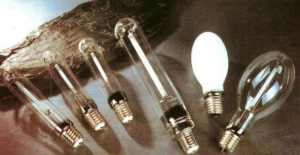
8. Low pressure sodium diode
Low pressure sodium lights were invented in Europe in the 1930s. The lights consist of a removable housing and a vacuum insulation that emit light using a low-pressure sodium vapor discharge.
9. LED
In 1962, Nick Holonyak Jr., a 34-year-old general researcher at General Electric Company in the United States, invented an LED that could emit red visible light and developed the first practical visible light-emitting diode (LED). Because Holonyak’s invention was widely used later, he is also called “the father of LED”.
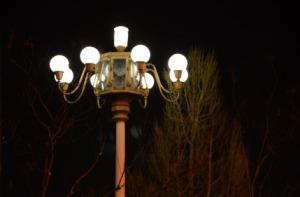
10. HID
In 1965, the General Electric Company of the United States went on to introduce high-pressure sodium diode (HID), which had superior color and efficiency compared to low-pressure sodium diodes. Currently, HID lights are still the most prevalent type of street light on the planet. Then high-pressure sodium lights have played an important role in the use of street lights for a long time, that is, the yellow light-colored street lights that are still occasionally used.
11. Smart LED light
In response to the requirements of social energy conservation and environmental protection, we have introduced clean, pollution-free and renewable green solar street lights. Maintenance-free valve-regulated sealed battery (colloidal battery) stores electrical energy, ultra-bright LED lights are used as light sources, and are controlled by intelligent charge and discharge controllers to replace traditional street lights for public power lighting. Today’s LEDs last longer, produce better light, and use less energy than HID lights. Although LEDs accounted for only a fraction of U.S. streetlights a few years ago, the pace of adoption is advancing by leaps and bounds.
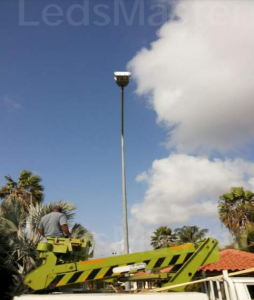
12. Epilogue
We have come a long way since ancient Roman times. And, thanks to the rapid rise of LEDs, HID street lights may soon disappear like those of yesteryear. With the wide application of new-generation information technologies such as the Internet of Things, the Internet, and cloud computing, smart cities have undoubtedly become the main development trend of future smart cities. Smart street lights have functions such as automatic brightness adjustment according to traffic flow, remote lighting control, air quality detection, real-time monitoring, wireless WIFI, car charging piles, intelligent broadcasting, main fault alarm, light cable anti-theft, and remote meter reading. Save power resources and improve the management level of public lighting.



